Jump to:
Outdoor lighting can transform the ambience of your home’s exterior. But to ensure they shine bright and can withstand the elements, pay attention to the choice of cable. For one, it can make all the difference in ensuring the system’s longevity and performance.
In this guide, we’ll shed light on the best cables for your garden light needs. Read on and get ready to create a safe and stunning outdoor oasis. Let’s get started!
Understanding Outdoor Lighting Requirements

Outdoor lighting, such as wall lights for log cabin, serves a multitude of purposes. Each demands specific considerations in cable selection.
First, there’s security. Illuminating dark corners and entry points deters potential intruders, making your property safer. For this purpose, robust cables capable of withstanding outdoor elements are essential.
Second, aesthetics, be it for highlighting architectural features, landscaping, or creating ambience. The right cable should be discreet, allowing the focus to remain on the lighting fixtures.
Lastly, safety is paramount. Adequate illumination along paths, steps, and walkways prevents accidents. Thus, cables used in these areas should prioritise durability and moisture resistance.
Types of Cables
When it comes to outdoor lighting, there are three primary types of cables:
- UF-B
- THWN
- low-voltage landscape lighting cables
Remember that each type serves distinct purposes and possesses unique characteristics.
1. UF-B (Underground Feeder) Cable
UF-B cable is a rugged and versatile choice. It’s designed for direct burial. This means it can be safely installed underground without the need for a conduit.
UF-B cables are known for their durability and moisture resistance. This makes them ideal for outdoor lighting installations exposed to the elements. Overall, it is a reliable choice for various lighting setups, including for log cabins.
2. THWN (Thermoplastic Heat and Water-resistant Nylon-coated) Cable
THWN cable is commonly used for conduit installations. It boasts thermoplastic insulation and nylon coating. These features provide excellent protection against moisture and high temperatures. A cable design like this is flexible and easy to work with, perfect for a range of outdoor lighting projects.
3. Low-Voltage Landscape Lighting Cable
Low-voltage landscape lighting cables are specifically designed for low-voltage lighting systems. These include but are not limited to, garden and decorative lighting, e.g., this chain lamp.
As the name suggests, they are ideal for use with transformers with low-voltage output. They are usually made of high-quality, durable materials. Easy to install and poses minimal risk during maintenance, too.
The choice between these three depends on the needs of your project, including:
- installation methods
- environmental conditions
- voltage requirements
Understanding these will help you select the right cable for your lighting goals.
Factors to Consider When Choosing a Cable

There are factors that need to be considered to ensure optimal performance and safety:
Environmental conditions (weather resistance)
Outdoor lighting cables are exposed to the elements year-round. It’s crucial to select a cable that can withstand the local climate. Look for cables with robust weather resistance properties, including:
- UV resistance to prevent deterioration from sunlight
- moisture resistance to guard against rain and snow
- temperature tolerance for extreme weather conditions
Voltage requirements
Determine the voltage needs of your outdoor lighting system. Standard household voltage (120V) or lower voltage (e.g., 12V or 24V) are common options. Ensure your chosen cable is compatible with your lighting system’s voltage requirements. This will help avoid overloading or underpowering.
Cable depth and burial methods
Consider where and how you intend to install the cable. Different lighting projects may require varying burial depths and installation methods. For direct burial, ensure they meet the depth requirements for your region. For conduit installations, select cables suitable for such applications.
By assessing these, you can select the right cable that meets your outdoor lighting needs. Most importantly, it ensures longevity and safety in diverse environmental conditions.
Installation Tips

- Plan before you dig: Before burying cables, plan your lighting layout carefully. Mark cable paths, ensuring they avoid tree roots and other obstacles.
- Use conduit for protection: Especially when installing cables in high-traffic or vulnerable areas. Using conduit to shield them from physical damage.
- Keep cables dry: Ensure cable connections are well-sealed against moisture. Use waterproof connectors and junction boxes to prevent water ingress.
- Secure cables: Use cable clips or straps to secure cables along their path. Avoid over-tightening to prevent damage.
Note: For complex installations, hiring a licensed electrician is your best bet. They have the expertise to ensure proper connections and safety compliance. They can also ensure your outdoor lighting system functions reliably, minimising potential hazards.
Round-up
When it comes to outdoor lighting, the right cable may seem like a minor detail, but it’s a crucial one. Be it for your home’s security or ensuring safety, the cable you choose makes all the difference. With the factors above, you can illuminate your garden effectively and safely.
Remember, when in doubt, consult a licensed electrician for guidance. And when it comes to investing one, you can never go wrong with BillyOh. Browse through our range of cheap garden lights, such as this circular wall light.
Don’t miss the next article in line: How to Design and Install An Outdoor Lighting Set-Up
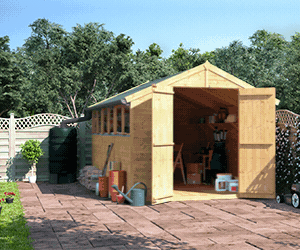

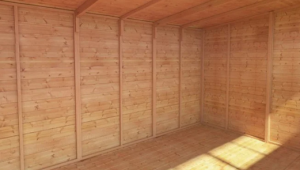


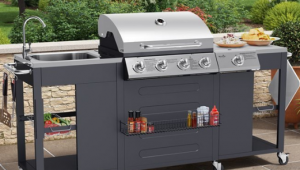
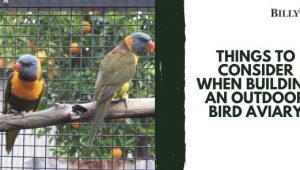


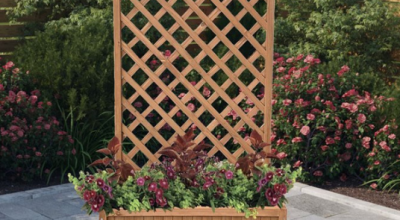
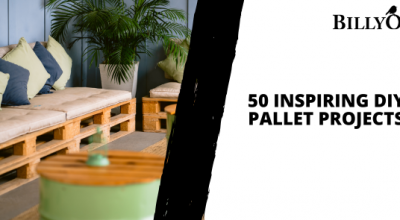


What do you think ?